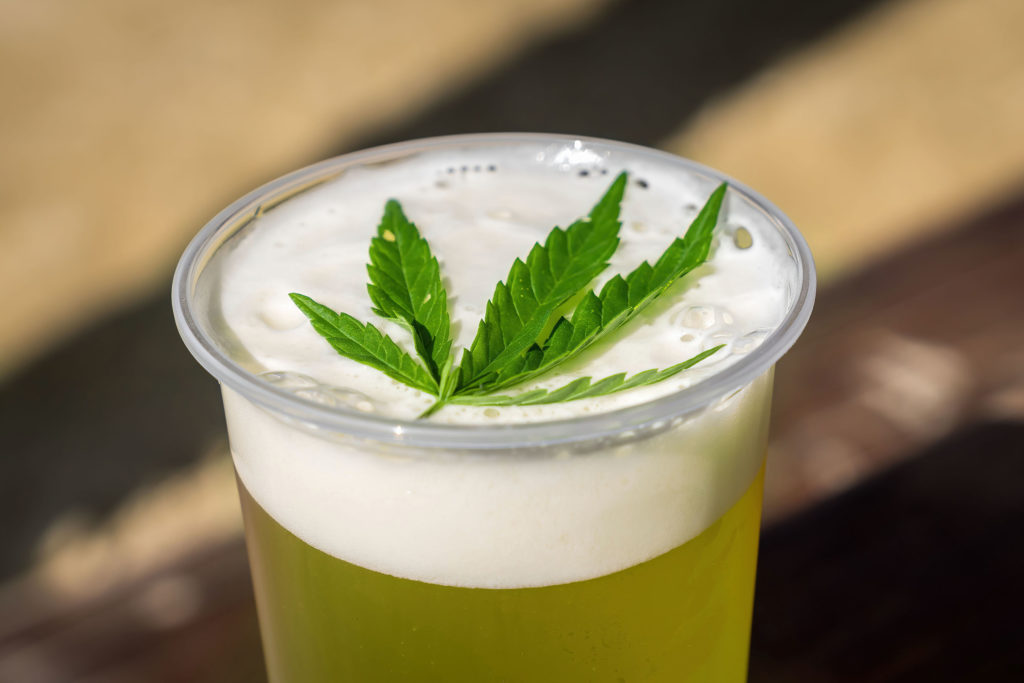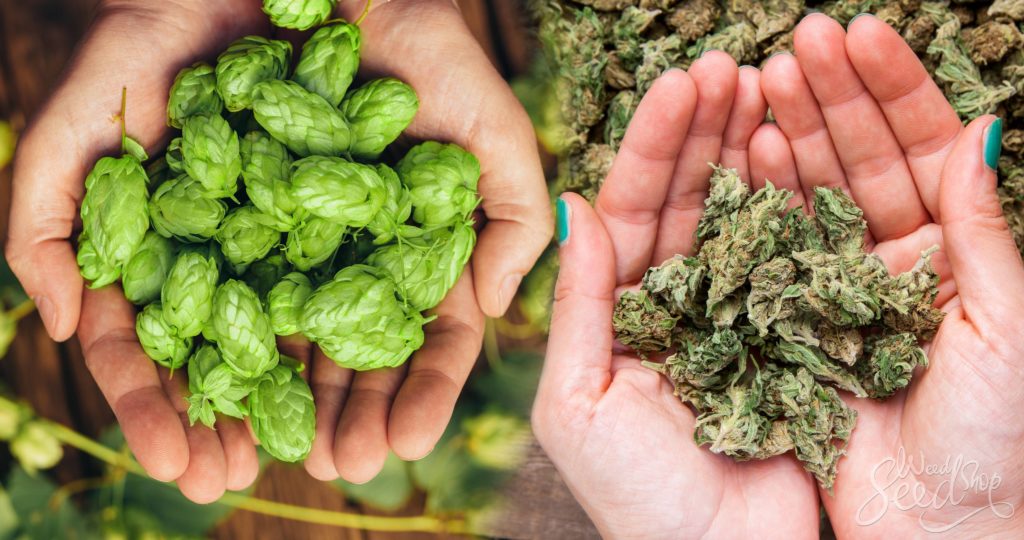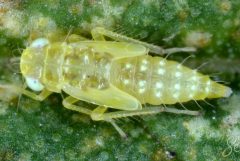Most people don’t know that cannabis and hops have a common ancestor and are part of the same family of plants. But, when you really think it through, it does start to make sense – like why humans love the taste of beer and cannabis so much. In this article, we look at plant botany and taxonomy to discover the common ancestors of humulus and cannabis.
Finding out that cannabis and hops are, in fact, related came as something like a revelation. What is it about the Cannabaceae family of plants that makes humans jump for joy and empty their wallets? And where exactly in the ancestral line to hops and cannabis connect?
All of a sudden, it makes so much sense that these plants would be related. The smell and taste of a good quality joint are incomparable, except for the smell and taste of a great beer. The words that we use to describe the aroma of a beer are eerily reminiscent of the terms we use to describe cannabis, don’t you think? Yet, somehow, the sensory experience of these two intoxicants overlap, and botanists believe they know why.
Hops and pot and everything in between – which really isn’t that much. These two plants are closer than you think. Let’s have a look at the connection between these two much-loved plants.
It’s all in the terpenes
So we weren’t wrong about the smell and taste. Earthy, citrusy, skunky – I could be talking about beer or weed right now, and you wouldn’t know. Just as you’re describing the taste of a joint to your friend, someone, somewhere, is using the exact same language to describe the taste of their beer. There’s an explanation for that: terpenes.
You may or may not know that terpenes are a category of chemicals synthesized by specific plant cells and are responsible for the taste and aroma of different plants. Lemons, for example, get their characteristic smell from a compound called limonene, which is also present in cannabis, by the way. Researchers at the University of British Columbia have identified almost 30 different terpenes in the cannabis genome, including pinene, myrcene and linalool.
Terpenes are one element that ties hops and cannabis together. In hops, you can also encounter aromas and flavours of pinene (pine smell) and myrcene (fruity aroma). With almost 150 varieties of hops and countless cannabis varieties, there will undoubtedly be some overlapping properties. There are certain types of hops whose smells could even fool someone with their eyes closed, like Summit and Eureka, both of which have especially pungent, dank aromas.
Interestingly, the bitter flavour that beers get after being infused with hops is not due to terpenes , but to terpenoids. Terpenoids are compounds that have been derived from terpenes, but aren’t terpenes in their own right. An example is humulene, derived from alpha-humulene.
Next time you walk into a bar and get a beer that tastes particularly hoppy, you’ll know which terpenoid is responsible.
The relationship between hops and cannabis from a taxonomy point of view
It’s pretty safe to say that unless you’re completely sober and OK with throwing around big confusing words, you should probably stay out of taxonomy. Anyway, thankfully, dedicated people are doing all the hard work for us. So here’s their story.

Before hops and cannabis were classed by taxonomists as plants of the Cannabaceae family, they were placed in the Urticales family. But when molecular biologists started researching the DNA expression of a lot of these plants, they found that there was almost nothing that stood out about the Urticales family of plants. There wasn’t even a thread of similarities or any sort of order.
In 2002, some hard-working molecular biologists in the UK and the USA decided it was time to clean up the confusion created by previous biologists. Of course, they did their own complicated molecular biology research, most of which we probably wouldn’t understand. But they did confirm that hops and cannabis were definitely related. They are, of course, in the Cannabaceae family.
The connection doesn’t end there. Actually, this small Cannabaceae family belongs to an even bigger group of plants, conveniently also called Cannabaceae (perhaps they got lazy with coming up with taxonomical names). This means that the common ancestor of hops and cannabis is also the ancestor of many other plants.
This all leads to the fact that more plants are out there that might get our socks off the same way that cannabis and hops do. But there probably isn’t time to go into the entire genetic history of these two plants in a single article. We’ll leave that up to the academics.
The marriage of the two: cannabis beer
For those who are wondering, yes, cannabis beer is a real thing. There are many homebrewers (especially in the USA) who are experimenting with the beautiful union of these two plants. It does seem like they are meant to be together.
There are several ways to go about it, though: There can be ‘raw’ cannabis infused into beer, which would do not much more than elevate the taste. However, if the cannabis is decarboxylated, then the resulting beer will contain THC.

Here in the Netherlands, for example, cannabis beer is sold in supermarkets. However, this is the non-decarbed type: It doesn’t contain any THC. In the US, we’re seeing high-THC beers but without alcohol. So, for now, it’s either one or the other.
Imagine what it would feel like to consume an actual cannabis beer. It would take all the need out of having to prepare a joint and smoke it. But it could also lead to one of those nights spent with arms around the toilet if things get a little bit out of hand. We’ve all had one of those nights with cannabis and beer. Consumed responsibly, this could literally revolutionize the way that we consume both intoxicants.
In any case, maybe it was just meant to be that these two plants should be together, as though written in the stars. The union of the two makes sense, given that their grandparents are the same plants. It also explains humanity’s love affair with both of these plants!








Heb altijd al gedacht dat Hop en Wiet met elkaar te maken hebben. Toen ik nog in Nederland woonde kweekte ik hop , honderden hopbellen hingen eraan en in september de oogst. Daarvan maakte ik kransen die te drogen hingen in de keuken….het hele huis rook bedwelmend… De losse hopbellen werden ook gedroogd , die gingen in kleine kussentjes (met een mooi stofje) voor gebruik in bed…als slaapkussentje, de geur is nl slaapverwekkend. Voordat ik wiet ging kweken , snoof ik al diep de hopgeur en dacht……..ahhh wat lekker………………. een bedwelmende geur !